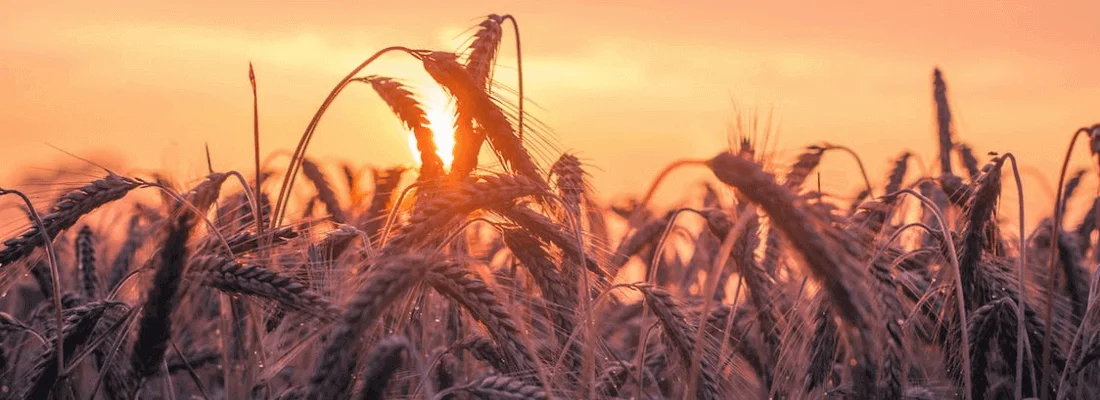


African Journal of Agricultural and Resource Economics (AfJARE)
A publication of the African Association of Agricultural Economists (AAAE)
Latest Publications
Impact des chocs agro-climatiques sur la sécurité alimentaire desménages ruraux au Sénégal
Cet article analyse l’impact des chocs agro-climatiques sur la sécurité alimentaire des ménages ruraux sénégalais à l'aide d'un modèle probit ordonné. La méthode du score de consommation alimentaire est utilisée pour appréhender l'état de la sécurité alimentaire des ménages. L’étude montre que 14% des ménages vivant en milieu rural sont à consommation alimentaire faible, 17% à consommation alimentaire limite, et 69% à consommation alimentaire acceptable.
Economic evaluation of cowpea production under different spraying regimes in three different southern agro-ecologies of Nigeria
This study was carried out to evaluate different spraying regimes for the production of two cowpea varieties (Ife Brown and IT2246) in the humid southwest agro-ecologies of Nigeria in order to recommend optimum spraying regimes for cowpea production in the zone.
Impact of membership of seed-producer cooperatives on commercialisation among smallholder farmers in the central highlands of Ethiopia
Low agricultural commercialisation due to low productivity and a lack of access to and use of improved seeds are common features of smallholders in the Ethiopian highlands. Seed-producer cooperatives (SPCs) were established and strengthened in these highlands to facilitate smallholders’ access to improved seed.
Improving willingness-to-pay studies for traditional food products in developing countries: Evidence using repeated experiments
Willingness-to-pay (WTP) studies for traditional food products are plausibly affected by unobserved decisions and strategic collusion between the experimenter and respondents. Similarly, WTP estimates in developing countries using a one-time survey might be inconsistent, as the acceptance of new products likely varies with exposure to product attributes.
Household milk production, milk purchase and child nutrition:Panel data evidence from rural Uganda
The burden of low-quality diets and childhood undernutrition is widespread in rural areas in Sub-Saharan Africa, where households rely mostly on agriculture. Various empirical studies have shown the relative importance of the market, and hence food purchases, compared with farm diversification in raising dietary diversity.
Is agricultural lime a profitable investment for African smallholders? Evidence from Rwanda
Soil acidity is a major constraint to crop production in tropical regions. Although agricultural lime is one option to remediate acid soils, there is limited information on the potential returns on investments to liming by smallholders.
Volume 19
This study investigated the food security effect of the adoption of improved maize varieties among farming households in Uganda using four waves of the Uganda National Panel Survey (UNPS) spanning the period 2013 to 2020.
The literature on what drives crop failure and crop abandonment is scant. This paper explores the interplay between risk factors and crop abandonment. We examine the role of risk sources and risk management strategies in crop abandonment by smallholder maize farmers in Zambia.
Volume 18 (2023)
Improving local rice production capacity is a key element on the agenda of most countries in the West African Economic and Monetary Union (WAEMU).
Cette étude examine l'impact économique de l'utilisation des semences améliorées sur la sécurité alimentaire des ménages ruraux au Cameroun.
This paper investigates the interdependence of decisions on the adoption of agricultural technology and the simultaneous interaction between adoption and food security situations of smallholders, using a sample of 260 households from rural Ethiopia.
Volume 17 (2022)
The adoption of improved agricultural technologies is known to significantly improve incomes, create more wealth, alleviate poverty and contribute to rural development in many developing countries.
The syndication of loans is an innovative financing model that has emerged in the financial landscape to help lenders spread risk and share opportunities. This study examines the relationship between syndicated loans and cocoa production in Ghana, using annual time-series data spanning from 1993 to 2020, as well as the autoregressive distributed lag model (ARDL).
This study aimed to bring forth empirical evidence of the effect of the sustained adoption of sustainable agricultural practices (SAPs) on the technical and profit efficiency of farmers. Previous studies remain inconclusive about whether the adoption of SAPs has any bearing on the efficiency of maize farmers.


